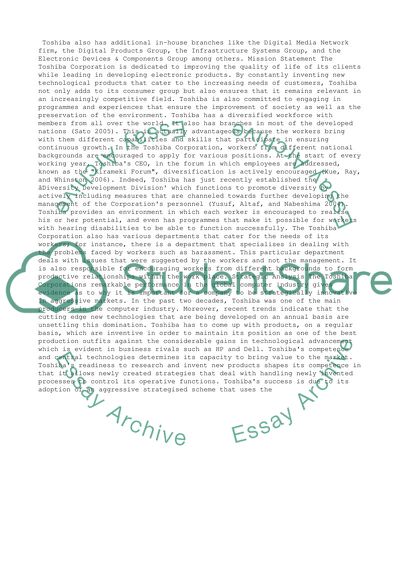Cite this document
(“Business Strategy Report (TOSHIBA) Essay Example | Topics and Well Written Essays - 3500 words”, n.d.)
Business Strategy Report (TOSHIBA) Essay Example | Topics and Well Written Essays - 3500 words. Retrieved from https://studentshare.org/business/1479188-business-strategy-report-toshiba
Business Strategy Report (TOSHIBA) Essay Example | Topics and Well Written Essays - 3500 words. Retrieved from https://studentshare.org/business/1479188-business-strategy-report-toshiba
(Business Strategy Report (TOSHIBA) Essay Example | Topics and Well Written Essays - 3500 Words)
Business Strategy Report (TOSHIBA) Essay Example | Topics and Well Written Essays - 3500 Words. https://studentshare.org/business/1479188-business-strategy-report-toshiba.
Business Strategy Report (TOSHIBA) Essay Example | Topics and Well Written Essays - 3500 Words. https://studentshare.org/business/1479188-business-strategy-report-toshiba.
“Business Strategy Report (TOSHIBA) Essay Example | Topics and Well Written Essays - 3500 Words”, n.d. https://studentshare.org/business/1479188-business-strategy-report-toshiba.


